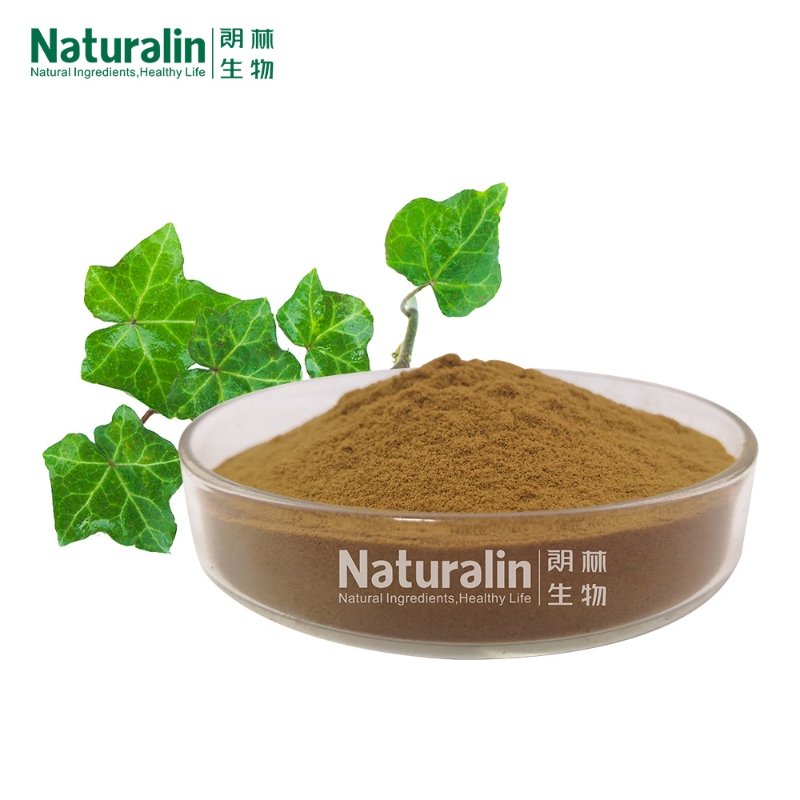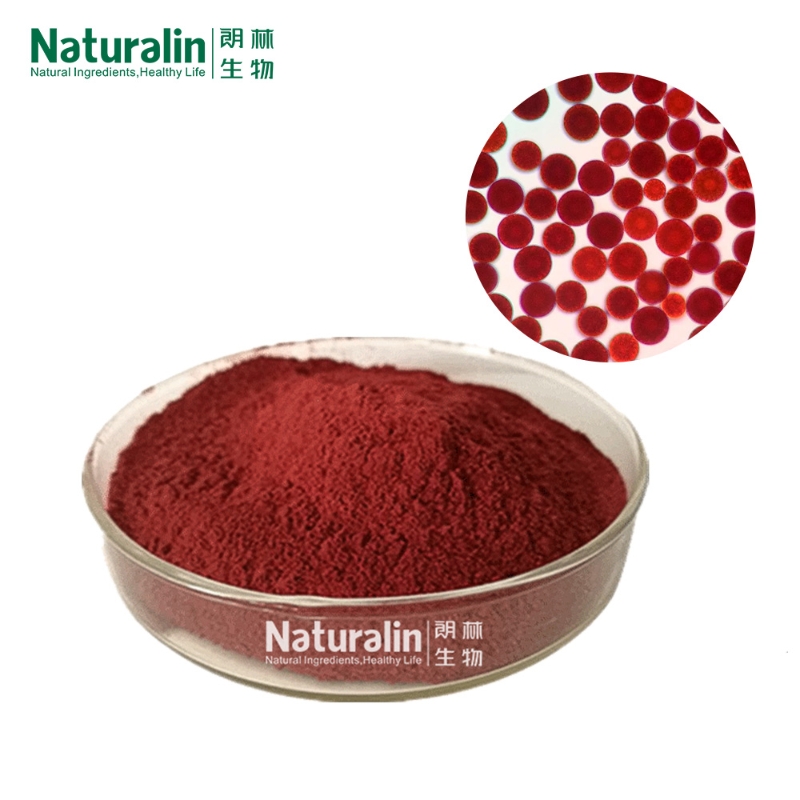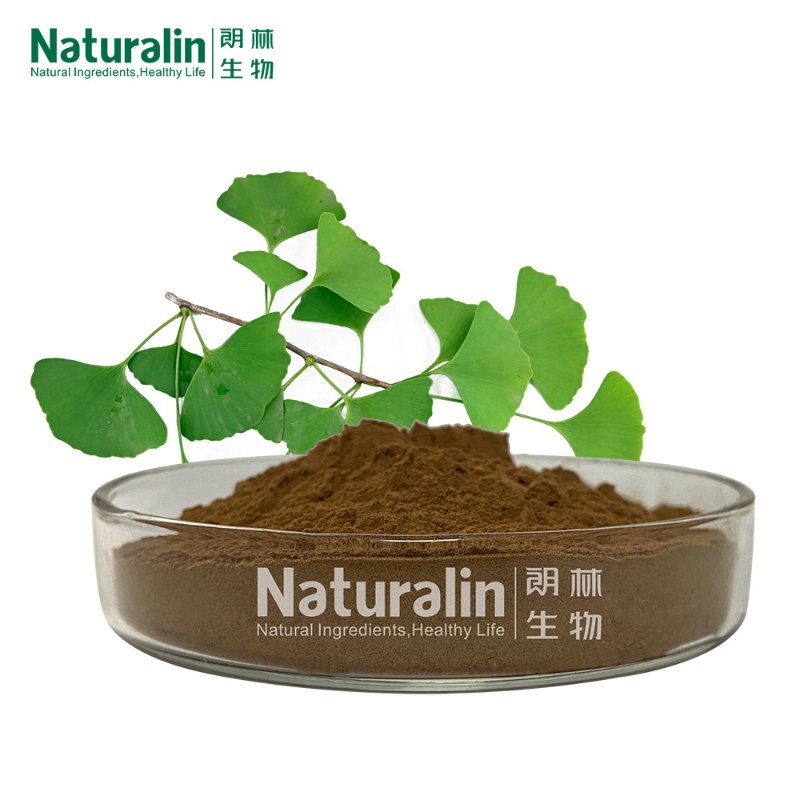-
Categories
-
Pharmaceutical Intermediates
-
Active Pharmaceutical Ingredients
-
Food Additives
- Industrial Coatings
- Agrochemicals
- Dyes and Pigments
- Surfactant
- Flavors and Fragrances
- Chemical Reagents
- Catalyst and Auxiliary
- Natural Products
- Inorganic Chemistry
-
Organic Chemistry
-
Biochemical Engineering
- Analytical Chemistry
-
Cosmetic Ingredient
- Water Treatment Chemical
-
Pharmaceutical Intermediates
Promotion
ECHEMI Mall
Wholesale
Weekly Price
Exhibition
News
-
Trade Service
In this chapter, we present detailed experimental procedures for investigating integration patterns of transgenes in cotton genome. We use conventional
PCR
and genomic Southern blot hybridization to characterize integration of T-
DNA
components and vector backbone fragments. For multiple copy insertions into the same site (complex loci), transgene/transgene junctions (including canonical and truncated T-DNA and transgene involved vector backbone sequences) are characterized by PCR and sequencing. Inverse PCR (see Note 1) and sequencing is used to characterize transgene/cotton genome junctions. Distribution of T-DNA insertion in cotton genome is evaluated by analysis of transgene flanking sequences. The pre-insertion sites can also be cloned and sequenced (based on the flanking sequences) for survey of genomic structure changes brought by transgene integration by comparing a pre-insertion site with corresponding transgene/plant junctions.







